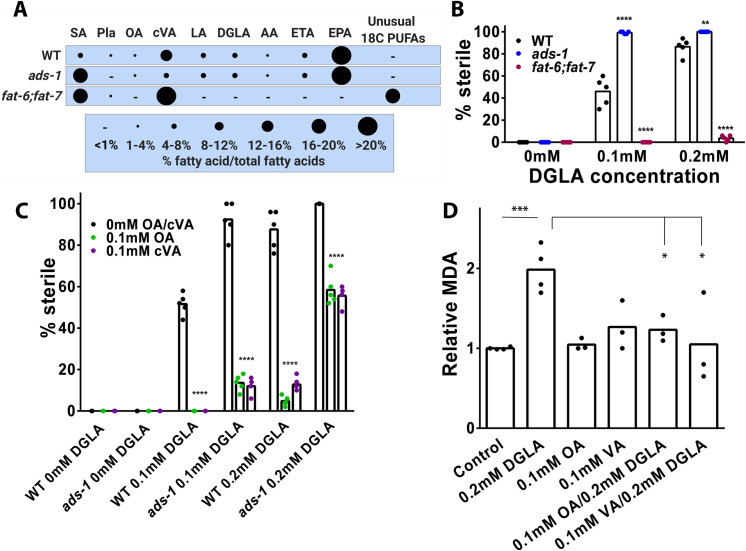Fig 5. Dietary MUFAs are protective in DGLA-induced ferroptosis through inhibition of lipid peroxidation.
(A) Relative fatty acid composition of worms of the indicated genotype as determined with gas chromatography-mass spectrometry. SA-stearic acid (18:0), Pla-plasmalogen, OA-oleic acid (18:1(n-9)), cVA-cis-vaccenic acid (18:1(n-7)), LA-linoleic acid (18:2(n-6)), ALA-alpha linolenic acid (18:3(n-3)), GLA-gamma linolenic acid (18:3(n-6)), STA-stearidonic acid (18:(4n-3)), DGLA-dihomo-gamma linolenic acid (20:(3n-6)), AA-arachidonic acid (20:(4n-6)), ETA-eicosatetraenoeic acid (20:(4n-3)), EPA-eicosapentaenoic acid (20:(5n-3)) (B and C) Percentage (%) sterility in young adult worms of the indicated genotype raised on the indicated fatty acids. In (B and C) each dot represents an independent experiment of 50 worms for each treatment. Statistical significance was determined using a two-way ANOVA with Tukey’s test for multiple comparisons summarized in S2 Table. Fatty acid composition and sterility for (B, C, and D) are reported in S1 Table. In (D) each data point represents an independent experiment of 1,250 worms for each treatment. Statistical analysis was performed with Student’s t-test and P values are reported in S2 Table. * P<0.05, **P<0.01, ***P<0.001, ****P<0.0001.

